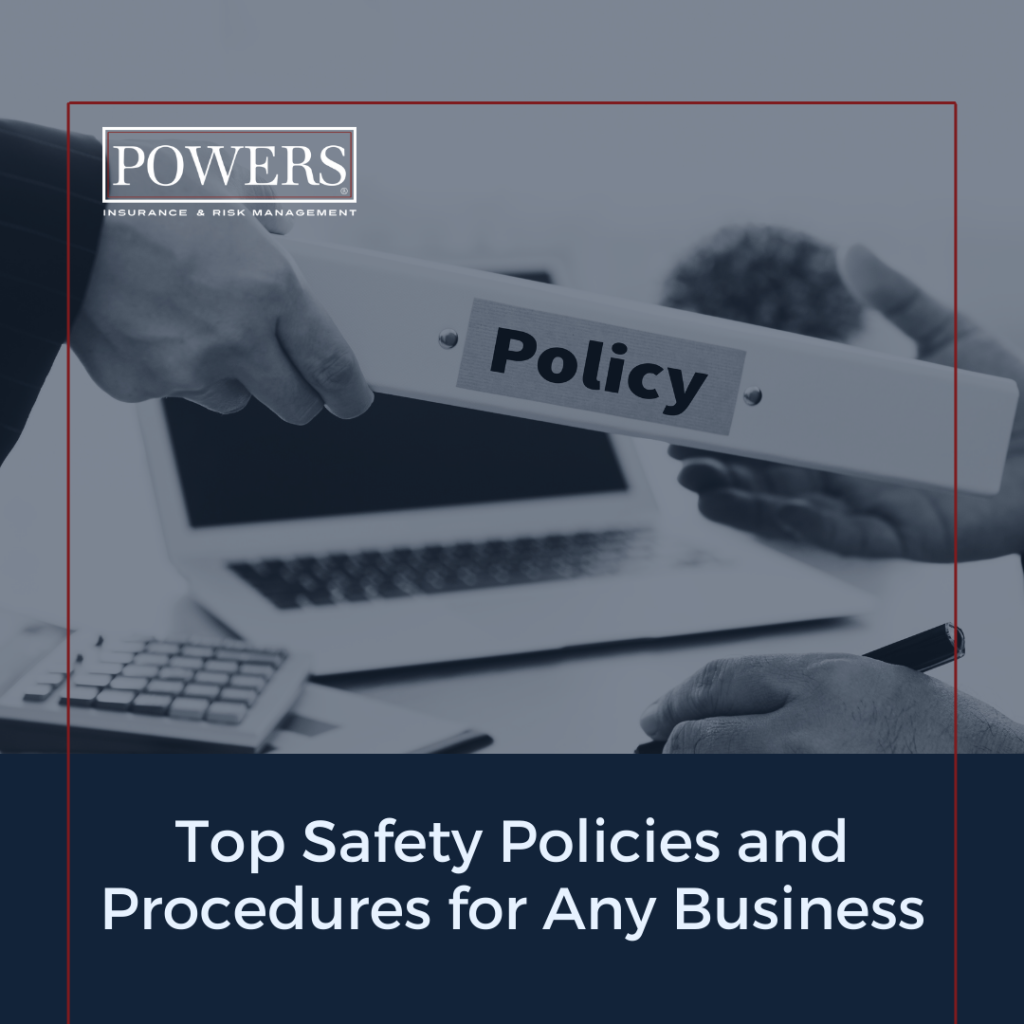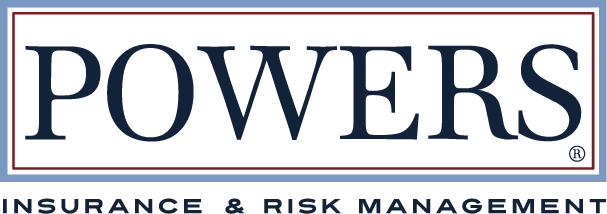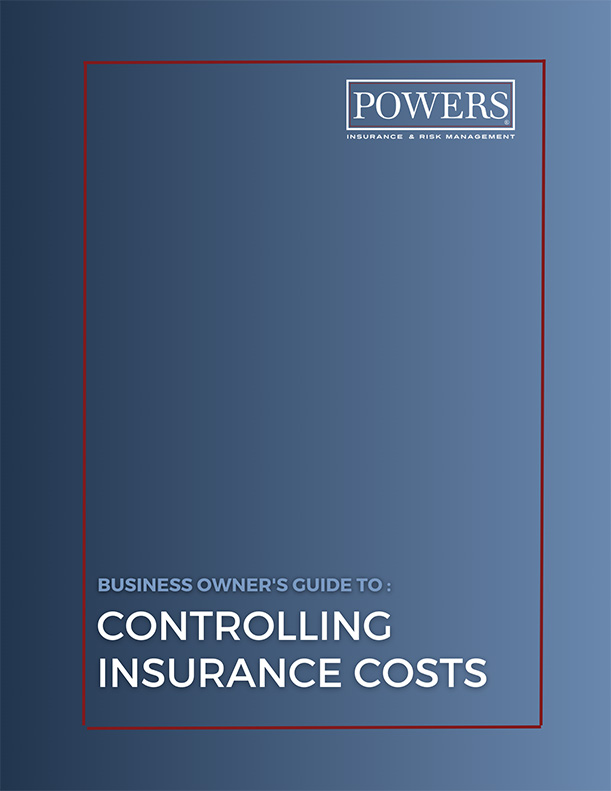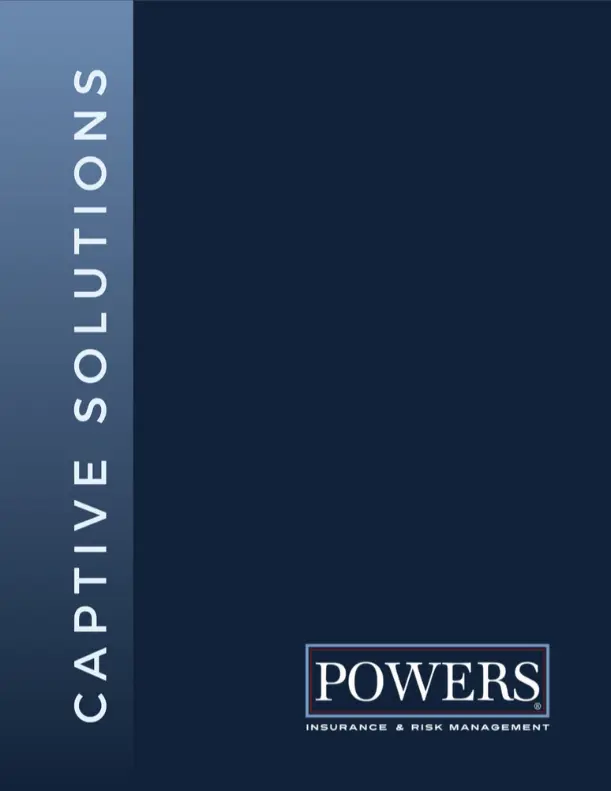This post is part of our series, The Ultimate Workplace Safety Guide. Check out our related posts:
- Why Workplace Safety is Important: Every Business Needs a Program
- How to Build a Safety Culture (or Make Yours Even Better)
- How to Identify Hazards with a Risk Assessment Framework
- Safety Program Development: How to Create and Implement Policies
- Incident Investigation: How to Stop Future Safety Incidents
- Safety KPIs to Track for Continuous Improvement
- Top Safety Policies and Procedures for Any Business

Safety policies and procedures help protect a business and its employees, prevent workplace injuries, and reduce insurance costs over time.
Ready to put pen to paper and document safety policies? Every business has different safety needs, but here’s a list of policies and procedures to consider for a workplace safety program.
General safety policies
Agreement: Safety is our number one priority
This policy establishes a business’s commitment to put safety first – above productivity and profit. Spelling this out for employees sets the scene for a safety culture.
Incident reporting policy
An incident reporting policy outlines the process and timeline for employees to report safety incidents. It’s crucial that employees know exactly what to do if a workplace accident happens.
Near miss reporting policy
You can cover near misses in your incident reporting policy. It’s important to make sure employees know that you expect them to report near misses, not just accidents.
Safety training policy
This policy describes your employee requirements for safety training.
Safe driving policy
Motor vehicle accidents remain a leading cause of death for Americans. Even if your employees don’t drive for business purposes, including safe driving in your safety program saves lives.
Emergency preparedness
Lockdown/violent intruder response plan
This policy provides clear instructions on what to do in a violent intruder situation.
Severe weather response plan
This policy outlines the company’s response to severe weather conditions or a natural disaster that threatens safety. It also gives guidance on how employees should respond.
Fire response plan
This defines the steps to take during a fire, including a detailed evacuation plan and a map with emergency exits marked. You may also offer fire extinguisher training to employees.
Medical emergency response plan
This outlines the guidelines for responding to a medical emergency, including when to call 911 and when to administer first aid, CPR, or AED care.
First aid, CPR, and AED training policy
You may require employees to complete first aid, CPR, or AED training as part of your medical emergency response plan.
Housekeeping and organization
Clean and orderly worksite guidelines
A disorganized worksite can lead to issues ranging from decreased productivity to safety hazards. This policy sets expectations for maintaining an organized workplace.
Spill control and cleanup policy
This policy covers your expectations to promptly clean up spills, preventing slips and environmental damage.
Hazardous material handling procedures
If your employees handle hazardous materials, you should provide detailed safety protocols for their storage, handling, and disposal.
Personal protective equipment (PPE)
List PPE required for all jobs
Post lists of required safety equipment in the area where the job is done – and make the PPE accessible nearby.
Process for requesting new PPE
Describe the process for employees to request new or replacement PPE as needed for their safety.
Proper PPE use and maintenance guidelines
This document goes into specifics on how to use and maintain each protective tool. Be sure to provide the proper training for all protective gear.
Ergonomics
Workstation design
This highlights the importance of an ergonomic workstation. It provides guidelines and diagrams for correct posture and desk setup.
Safe lifting techniques
This describes specific lifting and carrying techniques to help employees reduce their risk of musculoskeletal injuries.
Job rotation policy
Repetitive motions can cause musculoskeletal injuries over time. To reduce this risk, introduce a policy for scheduling regular breaks and job rotation. This allows employees to rest and use different muscle groups.
Slips, trips, and falls
Fall protection policy
This policy requires employees working at heights to wear fall protection equipment.
Guidelines to avoid slips and trips
Outline general safety tips for employees to avoid slips and trips in the workplace. These could include maintaining dry floors, keeping walkways clear, ensuring proper lighting, and using handrails on stairs.
Working at heights safety guidelines
Provide safety guidelines for employees working at heights in addition to using fall protection PPE.
Machine safety
Job-specific Standard Operating Procedures
Employees working with hazardous equipment or machinery must be trained and have access to detailed Standard Operating Procedure documentation.
Lockout/tagout system
A detailed lockout/tagout system establishes step-by-step safety procedures for isolating energy sources during machine maintenance to prevent accidental startup.
Policies and procedures FAQs
What are the most important safety policies to implement in my organization?
Your highest-impact policies will address the top safety concerns identified during your company’s safety risk assessment. We recommend establishing the general safety policies described above, and then moving to specific policies and procedures related to the most likely and most severe potential hazards in your organization.
Can I use templates or copy+paste a policy I find online?
You don’t have to write your safety policies from scratch – it’s okay to rely on the experience and expertise of others! However, it is crucial to use templates from trustworthy sources like OSHA, industry associations, or risk management experts. Providing inaccurate information could threaten your employees’ safety. Once you find a reliable template, don’t forget to tailor it to your organization’s specific processes and needs.
A successful safety program takes a village
Preventing injuries is an investment worth making. However, those resources can quickly add up. Explore your options for outsourcing safety support where you can. Does your workers’ comp carrier provide resources? How about your insurance agent?
All POWERS clients have access to safety education and program development experts as a value-add. It’s all about helping you protect your people and reduce insurance costs without huge in-house expenses.
Find out how our experts can help you protect your employees, reduce costs, and boost your return on safety by scheduling a free consultation today.






